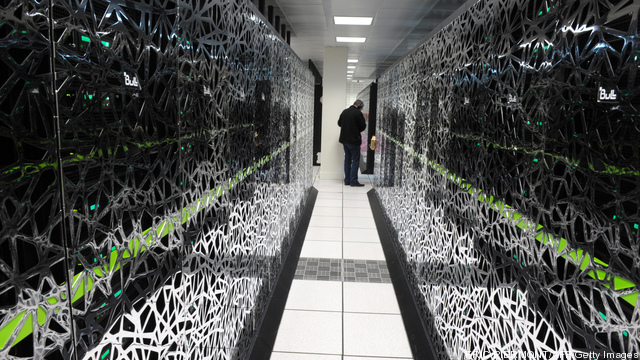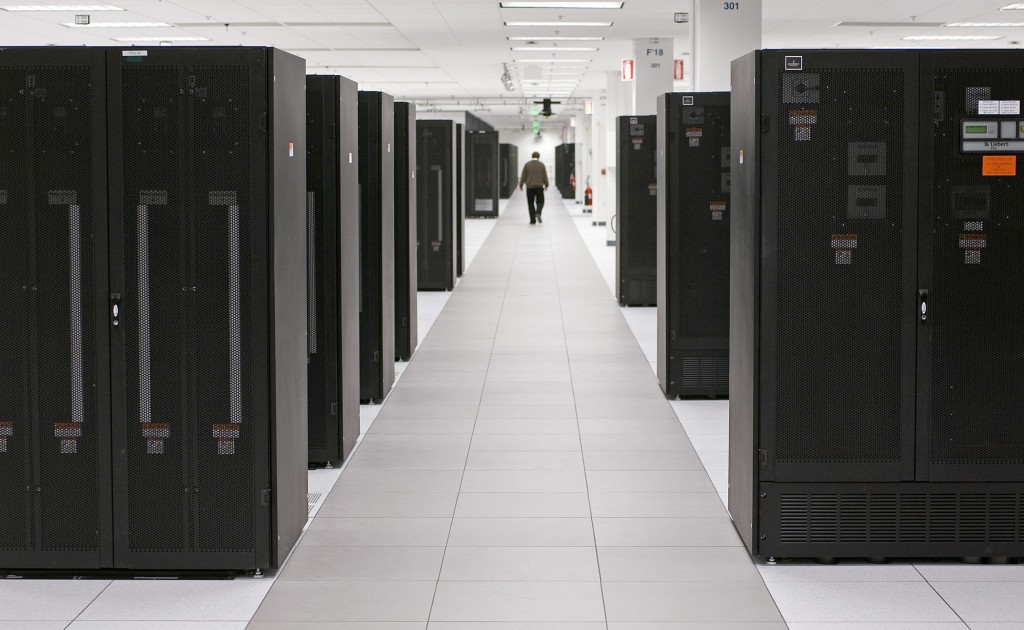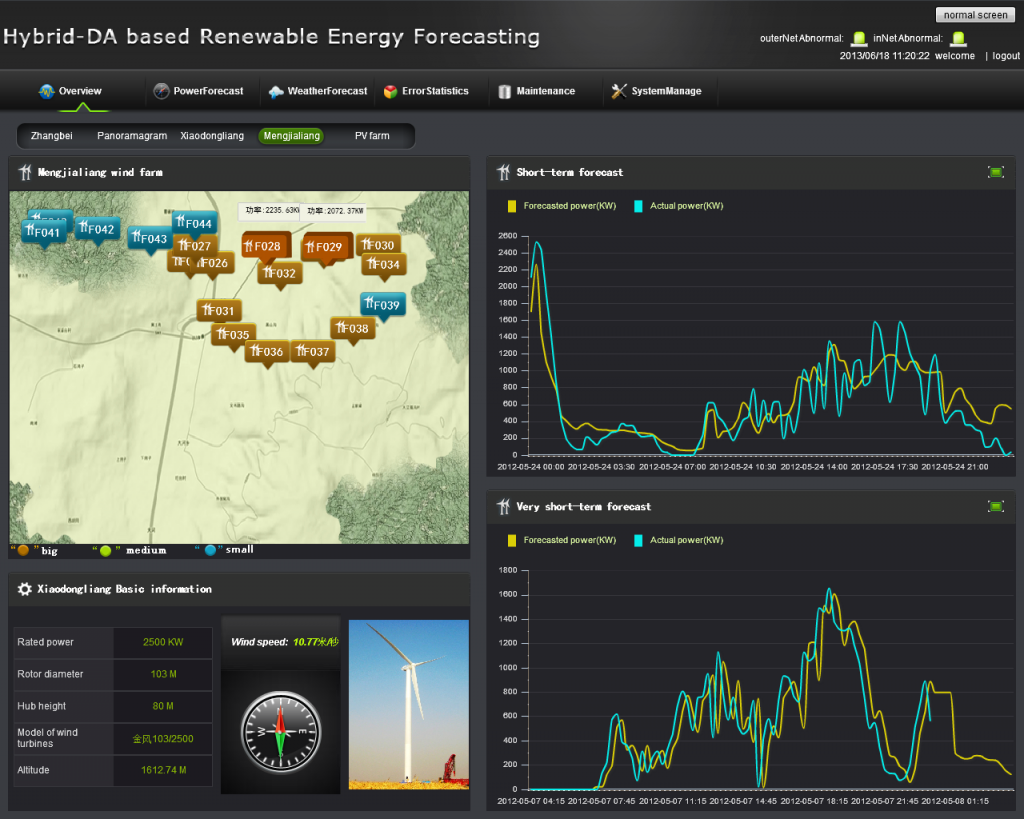Oak Ridge’s Summit and Lawrence Livermore’s Sierra Rank #1 and #2 in TOP500 WASHINGTON, D.C. – Two U.S. Department of Energy (DOE) national laboratories are now home to the fastest supercomputers in the world, according to the new TOP500 List, a semiannual ranking of the world’s fastest computing systems. The IBM Summit system at Oak Ridge National Laboratory… Keep reading →
IBM
Two DOE Supercomputers Top List Of World’s Fastest
By U.S. Department Of EnergySign up and get Breaking Energy news in your inbox.
We will never sell or share your information without your consent. See our privacy policy.DOE And VA Team Up To Improve Healthcare For Veterans
By Rick Perry | Secretary of EnergyThe Department of Veterans Affairs (VA) and the Department of Energy (DOE) are partnering to drive technology innovation and transform health care delivery for Veterans. The partnership brings together VA’s unparalleled and vast array of healthcare and genomic data with DOE’s world class high performance computing (HPC), artificial intelligence and data analytics. By combining expertise,… Keep reading →
The data explosion racing around the internet as people do more online banking, shopping and thousands of other things requires energy-hungry data centers to process and store the growing volumes of information. These data centers need lots of electricity to power and cool servers, but IBM researchers have developed technology that can redistribute workloads to… Keep reading →
The unpredictability of renewable energy sources like wind and solar creates reliability challenges for utilities seeking to balance power supply and demand across centralized grid networks. Policies compelling energy providers to incorporate more renewable energy into their portfolios make the challenge more urgent, but also create business opportunities for companies finding solutions. Those who crack… Keep reading →

The need to secure the electric grid against cyberattacks has attracted attention at both the corporate and policy level. But no one actually knows what “secure” really means, and making that determination may prove challenging.
Decision-makers at energy companies and on Capitol Hill have been alerted to the danger of a cyber attack on the electric grid. While those concerns may be valid, calls to “secure the grid” assume a level of knowledge of the state of grid security that even experts in the field may not possess, said IBM Energy Security Lead Andy Bochman at the Advanced Energy Conference in New York this week. Keep reading →

When Exelon merged with Constellation, Joe Glace started reporting directly to the president and CEO, Christopher Crane. As the Chief Risk Officer for the mega-utility, it was imperative that he was part of company’s executive committee.
“The new Exelon will have a significantly increased scope across the energy value chain,” Crane said at the time of the announcement in December 2011. “It is vital to our future success that we diligently manage risk from an independent and enterprise-wide perspective.” Keep reading →

It’s time for some compassion for the owners of America’s $374 billion power industry – twenty-two of whose member firms appear on the Fortune 500 list.
While the fate of these companies may not automatically tug at the heartstrings of your average American, it deserves our attention – not least because it’s in our nation’s short-term and long-term best interests. These thousands of powerful companies not only keep our lights on and our iPhones charged; they also stand squarely in the path of our clean-energy future. Their ability to adapt to a bevy of unprecedented challenges will determine how well and how quickly the United States succeeds in weaning itself from fossil fuels. They’ll also play a key role in the $268 billion global clean-energy market. Keep reading →

The promise of smart grid has long been a closer and two-directional link between energy customers and providers. It has been the promise of an end to the decades of opaque or confusing bills arriving in the mail, an end to the lights and heat coming on or not in a kind of perceived magic only dimly related to real world assets like power plants, energy market regulations or natural gas wells.
The first generation of smart meters, now nearing a decade in age, seemed predicated on the idea that the next step in the evolution of the power consumer was a fascination about energy supply and consumption. Customers would become as obsessed with saving money and tracking usage as their suppliers were, or as they’d been proved to be in other market situations like grocery shopping. That didn’t transpire to be the case, and the high-touch, human-led information processing of the first generation of smart grid failed to have the desired impacts on usage or market transparency. Keep reading →






